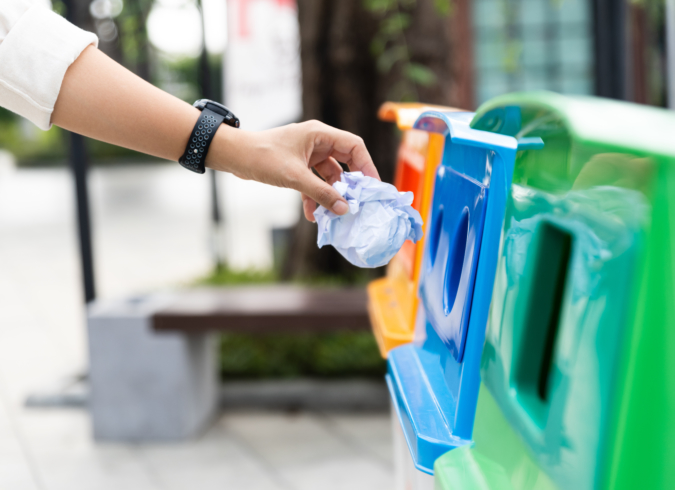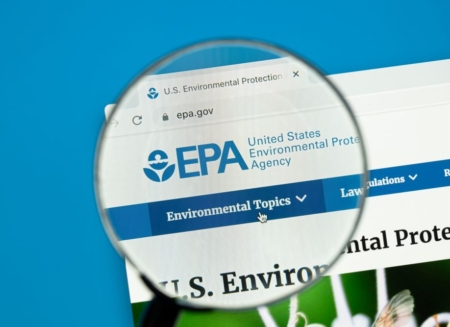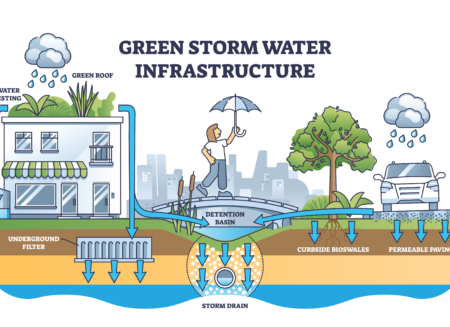Have you ever asked yourself: where does my trash actually go? Since we were all little kids, we have watched the garbage truck come and pick up our trash every morning – but then what? The answer may be more interesting than you think!
In 2009, MIT completed a research project called “TrashTrack” wherein traceable tags were placed on a variety of trash items in Seattle, Washington to find out how far trash travels. While most of the trash stayed close to the Seattle area, recyclable trash like cellphones, batteries and ink cartridges, and hazardous waste ended up in places like Texas and Florida! The project discovered that, on average, trash traveled about 71 miles, and the journey lasted about 8 days.
So, why does it take 8 days (or longer) for the trash to reach its destination? Well, if you live near a landfill or waste to energy (WTE) facility (i.e., a facility that burns your trash and recovers energy from the process), the garbage truck that picks up the trash from your house may go directly to those facilities and the trip is quick! But often, the trash will be taken to at least one centralized transfer station where it can be sorted and/or loaded onto larger transport trucks (or even trains) to travel to its final destination.
According to the most recent data from the U.S. Environmental Protection Agency (USEPA) published in 2017, about 53% of waste is landfilled, 25.1% is recycled, 12.7% is burned with energy recovery (WTE), and 10.1% is composted. That may sound like a lot of our waste is being landfilled, but landfilled waste has decreased over the years from 95% in 1960 to the current level of about 53%. Currently, there are about 2,629 landfills in the United States, of which about 1,300 are still open.
Landfills may be owned and operated by a city or town (i.e., a municipal landfill) or they may be owned and/or operated by a private company. As the trash begins to break down inside the landfill, landfill gas (LFG) will be produced, which is about 50% methane. This LFG can be utilized by a range of technologies to produce energy and as of March 2020, there are 564 operational LFG energy projects at landfills throughout the U.S.
Trash and/or recyclables can also be sent to a Material Recovery Facility (MRF). A ‘clean’ MRF receives recyclables which have already been sorted out of the trash by homes or businesses and continues the sorting process. A ‘dirty’ MRF does the sorting on-site and processes recyclables that have been mixed into trash, which requires more labor and a variety of technologies to accomplish the processing.
As the TrashTrack research project confirmed, much of the trash generated by an area is disposed of as close to that area as possible because transportation can be expensive. However, with more and more landfills closing and limited WTE and MRF locations, especially in New England, transporting trash farther and farther away seems likely. In the not so distant future, the adventures of trash may include a trip on a train and disposal thousands of miles away in another part of the country.
Posted In: Articles
Tagged In: Solid Waste




